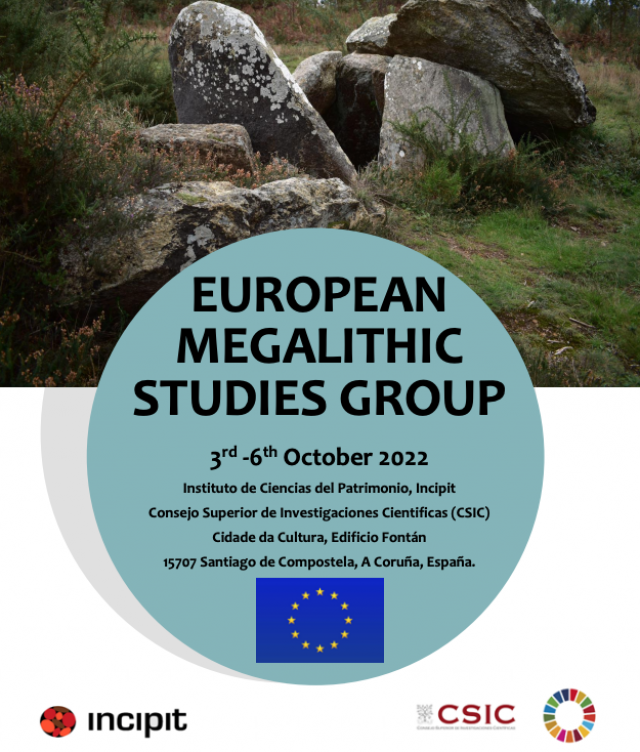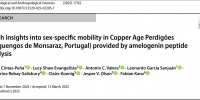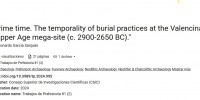We participated in the meeting of the European Megalithic Study Group, in Santiago de Compostela, A Coruña, with the conference “Towards a High-Resolution Approach to the Temporality of Major Megalithic Monuments. The Examples of Menga and Montelirio (Spain)”.
For decades, establishing the temporality of major megalithic monuments has been a significant archaeological problem that has hampered the interpretation of the roles they played among early complex societies as well as their changing social and cultural significance through time. In this paper, we attempt a high-resolution approach to two remarkable monuments, Menga (Antequera, Málaga) and Montelirio (Sevilla), for which substantial new research has been undertaken recently. In the last ten years, a total of 103 chronometric ages (including radiocarbon, OSL and TL) have been obtained for these two monuments: 61 for Menga and 42 for Montelirio. This body of evidence has allowed a completely new scientific understanding of both monuments in terms of their genesis and inception, time of use and biographies, much of which we have already presented in previous publications. Drawing from this experience, in this paper, we discuss the methodological problems and lessons implicit in the high-resolution dating of major prehistoric monuments, including choice of dating methods, sampling strategies, chronometric hygiene, and interpretation.



